Avoid Transplant Failures: Learn How to Harden Off Seedlings the Right Way
Starting seedsYou've planted your seeds and watched them sprout and grow. Now it's time to get your baby seedlings into the garden where they can reach their full potential. But first, you'll need to get them ready.

What happens the first time you go outside in the bright sunshine after being cooped up inside during winter? Your clothing may not be right. You might feel too cold or hot after being used to room temperature for so long. Maybe the sun will dazzle your eyes, the wind might chap your lips and skin, and you might even get a sunburn if you stay out too long. Now, think about how much harder that process might be for a plant.
Indoors, gentle lights go on and off on a regular schedule, and even the brightest lights never have the harsh glare of full sunshine. Water comes in the form of a gentle drizzle or mist, never from a rainstorm. Inside air is static, with almost no breeze or wind at all.
So, how do you toughen up your sheltered, tender plants for a successful transition into their outdoor environment? Hardening off.

What does hardening off mean?
Hardening off is the process of gradually exposing your plants to the outdoor conditions to get them ready for their new home in your garden.
This critical step helps prevent transplant shock. Baby plants can be damaged or even killed by sunburn, wind damage, or shock. It's vital that you take the time to prepare your plants for their new home outside before transplanting them. Luckily for you, hardening off is a simple process.

How to Harden Off Seedlings
The steps to harden off your adolescent plants are not difficult, but it does take some patience.
When to start the hardening off process
One or two weeks before setting your new plants outside, and once the seedlings have at least 3 or 4 true leaves, start the hardening off process. Pay attention to the needs of each plant, taking care to transplant only when conditions are right for growing that plant outdoors. Moving your plants out too early can stunt their growth. Penn State’s Extension has a handy reference for growing temperatures for many popular vegetables.
Bring your plants outdoors gradually
Don't put tender seedlings in full sun right away. Choose a shady, sheltered spot with indirect light and leave your plants out for one to two hours the first day. If you don't have a natural spot, you can use a shade cloth to give some filtered light. Each day, gradually increase the amount of time your plants spend outside by an hour or two. Gradually expose them to direct sunlight as well.
If the weather is unusually cold, windy, or harsh, bring the plants inside that day. By the last couple of days, your plants should be accustomed to spending time outside, and they can even spend the night outside.
Adjust plant care for a stress-free transition
During this time, you'll also be backing off on watering and fertilizing. You want your plants to thrive, so make this a gradual transition as well. Your plants will slow their growth during this hardening-off period, which will help them to survive outside.
Do your best to make this a gentle, stress-free switch, so your plants get the benefit of an easy start on life while becoming tough enough to thrive outside in the “real world.” Pay attention to signs of stress, such as wilting leaves and dry soil.
Not only are your plants adjusting to increased sunlight, but they are also adjusting to wind and changing temperatures. Exposure to these variable conditions will help young plants grow stronger stems and become more resilient if the process happens gradually.
While you're nurturing your plants through the hardening-off process, you can also put the finishing touches on your garden beds. Add extra compost if needed. Consider any companion plants that would be beneficial.
Once your seedlings have been hardened off through this gradual process, they will be ready to be transplanted.

FAQs
What happens if you don't harden off plants?
At the very least, your plants may go through a period of shock. This will keep them from growing until they recover. The worst possible outcome of not hardening off transplants is that they will die.
How long does it take to harden off seedlings?
The hardening-off period is generally 7 to 14 days. The exact amount of time it takes depends on the weather and outdoor conditions. It also depends on how different the growing conditions are from the current to the new location. Try not to rush it, as "too much too soon" can put too much stress on the plants and weaken them instead of making them stronger.
How warm should it be to harden off plants?
The weather needs to be at least 40ºF for cold-weather vegetables such as broccoli and cabbage. A minimum of 50ºF is necessary for warm-weather crops like tomatoes and peppers. We recommend waiting until all danger of frost has passed and daytime temperatures are consistently 60ºF and above.
What are the benefits of hardening off seedlings?
When you harden off seedlings, they will have more substantial carbohydrate stores and firmer cell walls. These well-adapted plants will maintain a healthy growth pattern, and their transition into the outdoor garden won't be shocking and stunt them.
Hardening off takes a little time and care for the gardener, but it prepares your plants for the move from their pampered nursery to their new home outdoors. This process helps to promote firmer growth in the cell walls, encourage root growth and carbohydrate stores, and even reduce the amount of water stored in the plant in case of a cold snap. Your plants will be well-adapted to the fluctuations of outdoor weather and temperatures and will be healthier and happier as a result.
Starting vegetables, flowers, and herbs from seed is so rewarding. This essential step of hardening off will ensure a successful harvest.
Happy Growing!
Written by Teresa Chandler


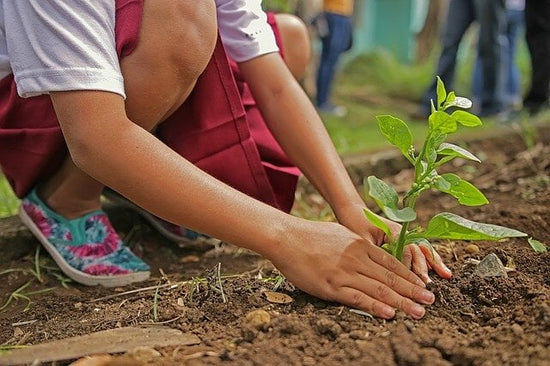
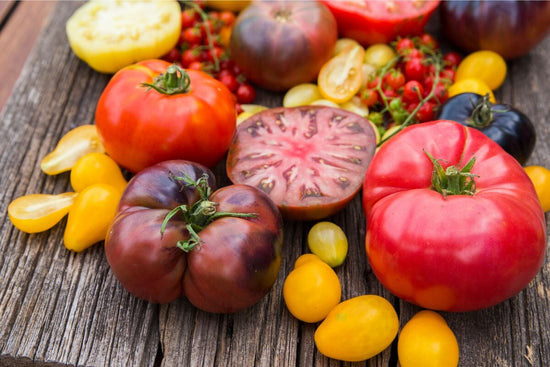
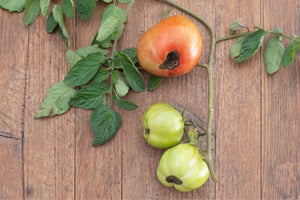
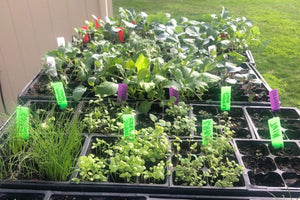
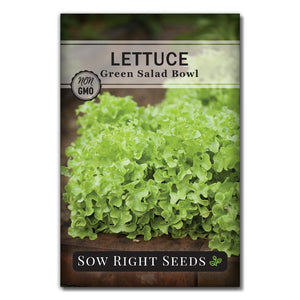
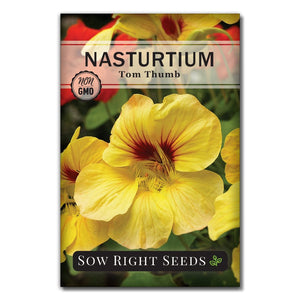
Leave a comment